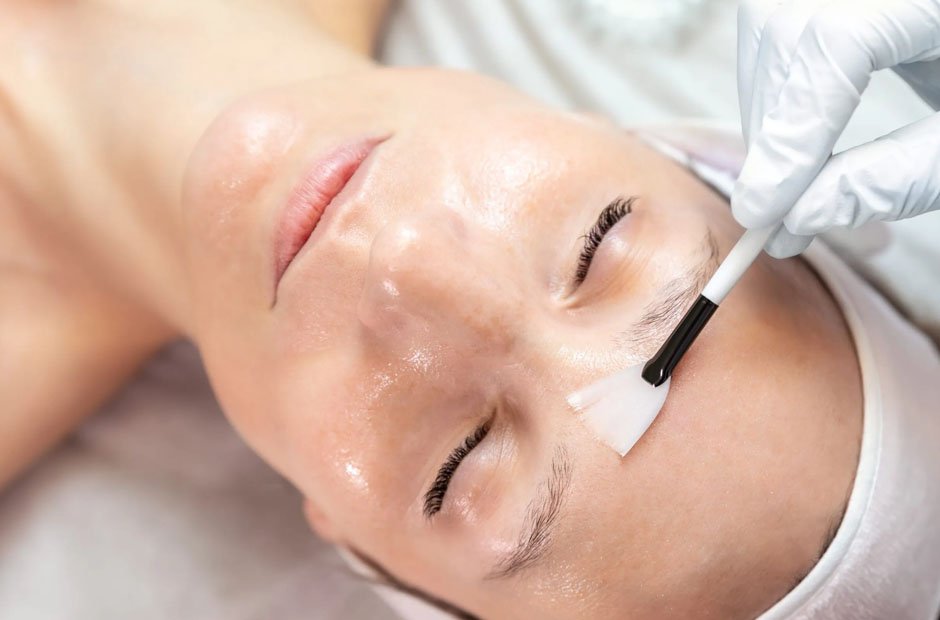In an era where the boundaries between health and beauty increasingly overlap, aesthetic procedures are advancing at an astonishing pace. These medical techniques not only enhance physical appearance but also boost psychological well-being, creating a profound impact on self-esteem and confidence. This article delves into the scientific advancements behind aesthetic procedures, illustrating how modern technology and medical knowledge combine to redefine beauty standards.
The Intersection of Science and Aesthetics
Aesthetic medicine is a field characterized by its dynamic integration of science and art. At its core, it involves the use of various surgical and non-surgical techniques to adjust physical appearances in a way that aligns with contemporary beauty ideals and personal preferences. This intersection has expanded the capabilities of practitioners and increased the safety and efficacy of procedures.
Role of Technology in Aesthetic Enhancements
With continuous advancements in technology, aesthetic procedures have become more refined and accessible. For instance, the introduction of 3D imaging allows a plastic surgeon in Perth to provide patients with a preview of potential postoperative results before the actual procedure is performed. This not only aids in planning but also ensures that patient expectations are aligned with realistic outcomes.
Innovative Facial Rejuvenation Techniques
Laser Treatments and Phototherapy
The use of laser technology in aesthetic procedures exemplifies scientific progress in the field. Lasers can be adjusted to various intensities and wavelengths to target specific skin issues such as wrinkles, sun damage, scars, and hyperpigmentation. Phototherapy, including LED treatments, harnesses specific light wavelengths to stimulate skin rejuvenation, enhancing collagen production and reducing inflammation.
Chemical Peels and Skin Resurfacing
Chemical peels involve the application of a chemical solution that causes the top layers of skin to peel off, revealing newer, more youthful skin underneath. This process is highly scientific, with the depth of the peel and the chemicals used tailored to individual skin types and desired outcomes.
Neuromodulators and Fillers
Neuromodulators, like Botox, work by temporarily paralyzing muscles, reducing the appearance of wrinkles. Dermal fillers, on the other hand, use substances such as hyaluronic acid to fill in wrinkles and add volume to the face. Both procedures require a deep understanding of facial anatomy and the underlying muscular structures to be effective and safe.
Body Sculpting Technologies
Liposuction and Fat Redistribution
Modern liposuction techniques are far more sophisticated than their predecessors. They not only remove unwanted fat but also contour the body, sculpting the underlying tissues to create a more aesthetically pleasing form. Fat redistribution, or fat grafting, takes harvested fat and reinjects it into different areas of the body, such as the buttocks or face, to achieve a fuller, more balanced look.
Non-Invasive Body Contouring
Techniques such as cryolipolysis (CoolSculpting) and high-intensity focused ultrasound (HIFU) represent the non-invasive front of body sculpting. These methods target fat cells and reduce them without the need for incisions or anesthesia, relying on cold temperatures or ultrasound waves to reshape body contours.
Psychological Impact and Ethical Considerations
Enhancing Confidence through Aesthetics
The psychological benefits of aesthetic procedures are significant. Many patients report improved self-esteem and quality of life following treatments. The ability to alter undesirable physical features can lead to profound changes in how individuals perceive themselves and interact with the world.
Ethical Practices in Aesthetic Medicine
Ethical considerations are paramount in aesthetic medicine. Practitioners must ensure that they are not only achieving technical success but also addressing the emotional and psychological needs of their patients. Providing a realistic outlook, managing expectations, and maintaining a patient’s best interests are critical components of ethical aesthetic practice.
Future Directions in Aesthetic Science
As technology continues to evolve, so will the techniques and treatments available in aesthetic medicine. Research into less invasive, more effective methods is ongoing, and the future promises even more innovative approaches to beauty and body modification.
Final Thoughts
The science behind aesthetic procedures is both complex and fascinating. By blending cutting-edge technology with an in-depth understanding of human biology and psychology, these procedures can offer more than just physical transformations—they can truly reshape how people feel about themselves. As the field grows, the focus remains on safe, ethical, and effective treatments that align physical appearances with inner confidence.


